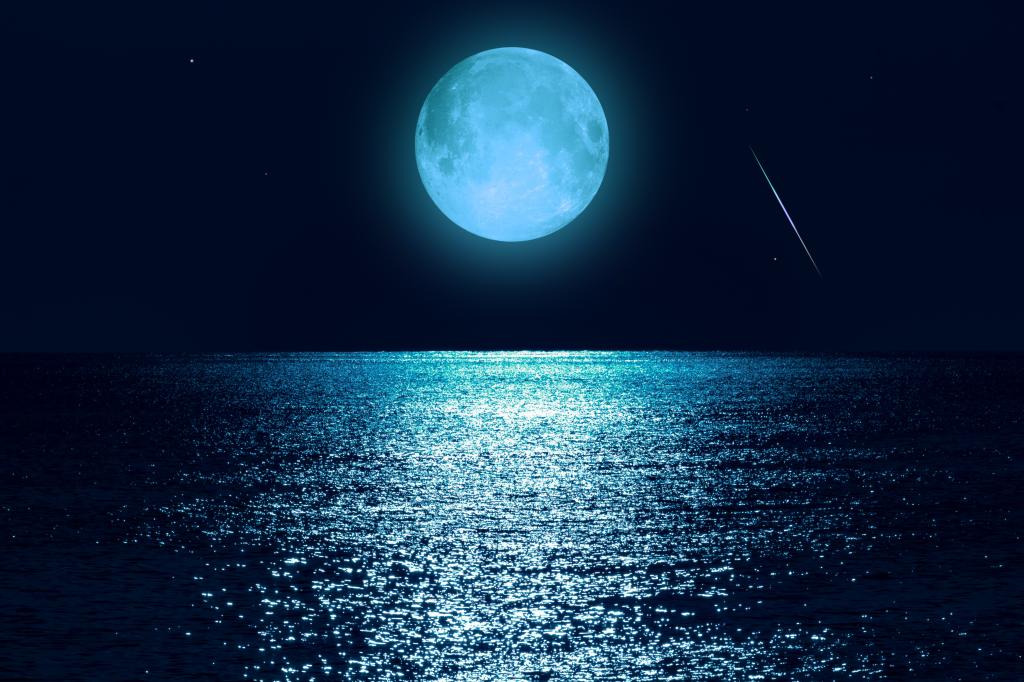A Blue supermoon in the sign of Aquarius is set to peak on Monday, August 19th, 2024 at 2:26 p.m. ET. But what exactly is a Blue Moon, and when can we expect to see one again? Blue Moons are divided into two categories – a calendrical Blue Moon, which occurs when two full moons fall in a single month, and a seasonal Blue Moon, which is the third of four full moons in a season. Blue Moons are a regular occurrence in astronomical terms, happening approximately every two to three years.
Blue Moons are not actually blue in color, although there have been rare occurrences where atmospheric conditions due to volcanic eruptions or forest fires have caused the moon to appear blue-green. The last Blue Moon took place on Monday, August 17th, 2024, and the next one is scheduled for May 31, 2026. The term “Blue Moon” has its origins in a scathing pamphlet by 16th-century friars who criticized the Roman church. It has since come to be associated with rarity and the unconventional.
The connection between a religious criticism and the concept of the Blue Moon appearing as the second full moon in a month is not entirely clear. One explanation suggests that it stems from the Old English term “belewe”, meaning “to betray”, implying that the moon betraying the usual perception of only one full moon per month. Unlike other monthly or seasonal moon names, the Blue Moon is not limited to a specific time of year or astrological season, making it unique in its occurrence.
Astrologer Reda Wigle provides insights into the impact of planetary configurations on each zodiac sign. Her horoscopes are a blend of history, poetry, pop culture, and personal experience. Blue Moons can be an exciting celestial event to observe and learn about, offering a different perspective on lunar cycles and astronomical phenomena. The rarity and uniqueness of Blue Moons make them a fascinating subject of study for both astronomers and astrologers alike.


